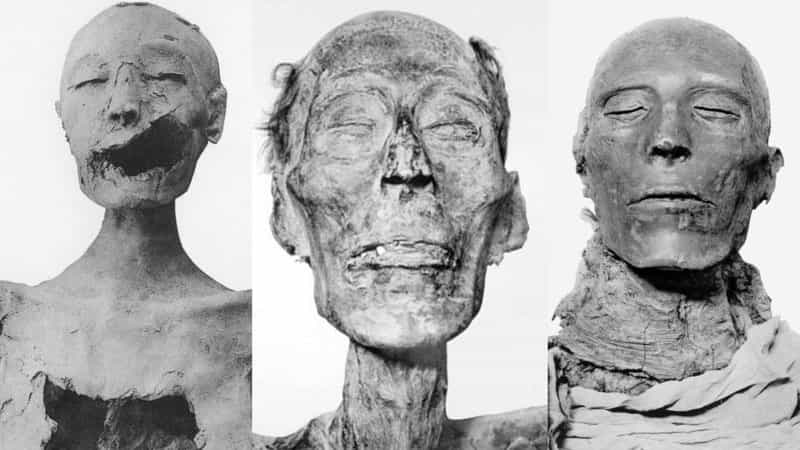From the Younger Lady, possible mother of Tutankhamun, to Pharaoh Ramses II, learn more about the enigmatic mummified bodies.
1. The Younger Lady
In March 1898, the French Egyptologist Victor Loret discovered 63 tombs and pharaonic chambers in the Valley of the Kings. Inside one of them was the enigmatic mummy that became known as the Younger Lady. Measuring 1.58 m tall, she was probably just over 25 when she died.
Dr. Grafton Elliot Smith noted the major damage done by ancient tomb robbers, who had smashed the chest, and had torn the right arm off just below the shoulder. Smith presumed that she was a member of the royal family.
The most interesting thing about the mummy, however, is its possible identity. According to archaeologist Zahi Hawass, the Younger Lady may be the mother of Pharaoh Tutankhamun and daughter of Pharaoh Amenhotep III and Queen Tiye, according to DNA analyzes.
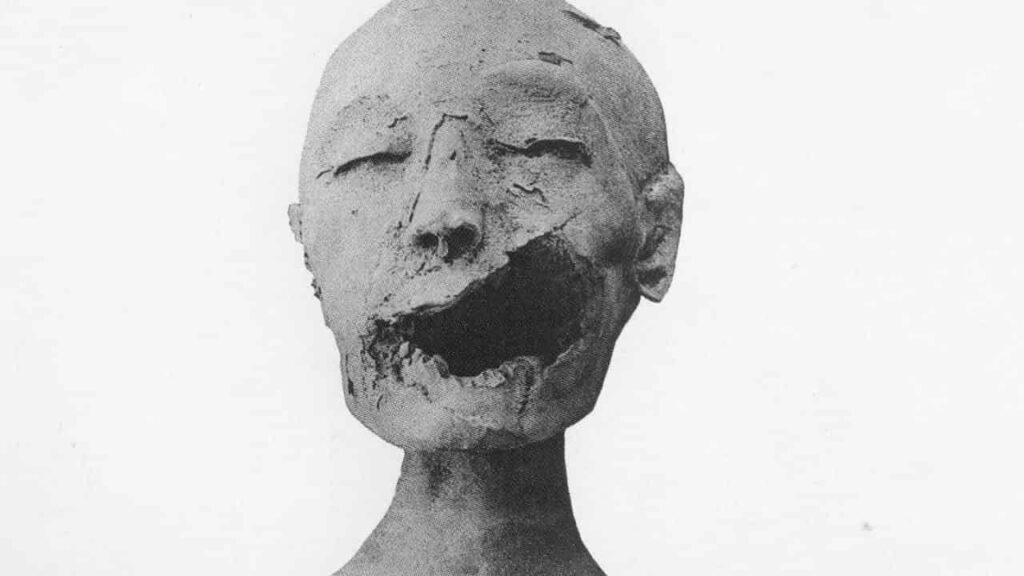
2. Ahmose I
Over the years, tomb robbers have invaded the tombs to steal the valuable items and could destroy mummies.
Knowing this, sometime during the 21st dynasty, people collected some mummies and placed them in another tomb, in order to deceive the tomb robbers. This is what happened to Ahmose I and countless other mummified bodies, which made it difficult to discover. He was found at Deir el Bahri, in The Necropolis of Thebes.
Ahmose I died at around 30 to 35 years old, was 1.68 m long and had a small head in proportion to the bust. He had thick, wavy hair and his genitals were intact.
Ahmose (meaning the Moon is born) was a pharaoh and founder of the Eighteenth Dynasty of Egypt, classified as the first dynasty of the New Kingdom of Egypt, the era in which ancient Egypt achieved the peak of its power.
During his reign, Ahmose completed the conquest and expulsion of the Hyksos from the Nile Delta, restored Theban rule over the whole of Egypt and successfully reasserted Egyptian power in its formerly subject territories of Nubia and Canaan.
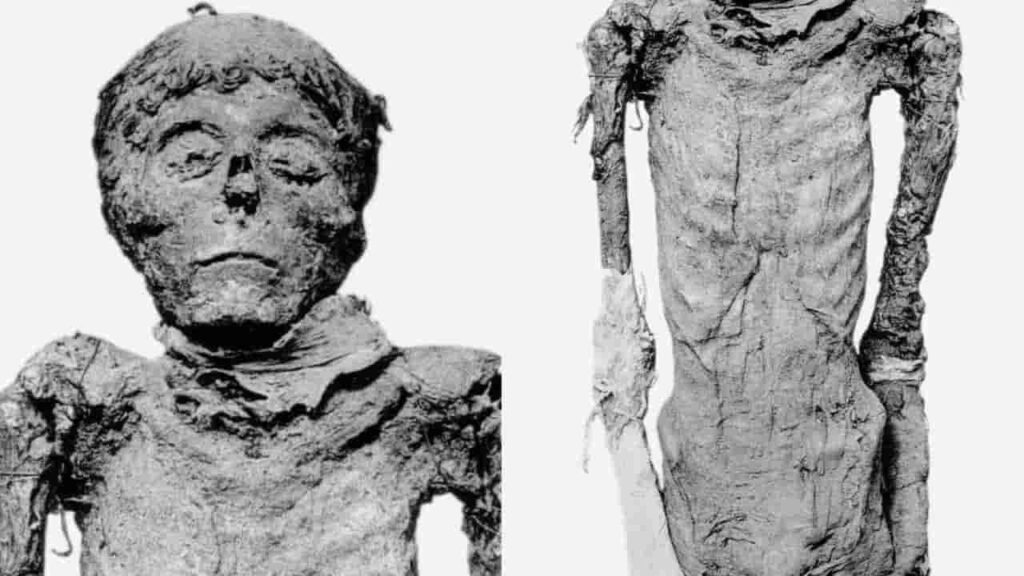
3. Seti I
In 1817, Italian explorer Giovanni Belzoni found the tomb of pharaoh Seti I. Even though he had made an important discovery, an essential part was missing: the king’s mummy, which was not there.
This took a few years, but in the 1880s, the French Egyptologist Gaston Maspero managed to solve the riddle, finding the mummified body in an excellent state of preservation, although beheaded.
The mummified body was about 1.7 meters high and its head was separated from the rest of the torso, probably by tomb robbers who tried to damage the Egyptian tombs. More than that: the vandals damaged the corpse’s bandages and crushed his abdomen. Pharaoh’s face remained untouched.
After analysis by scientists, they came to the conclusion that the Egyptian king died unexpectedly under the age of 40. This information raises further questions about Pharaoh’s life and death, because it contrasts the fact that his father, Ramses I and his son, Ramses II lived to an advanced age.
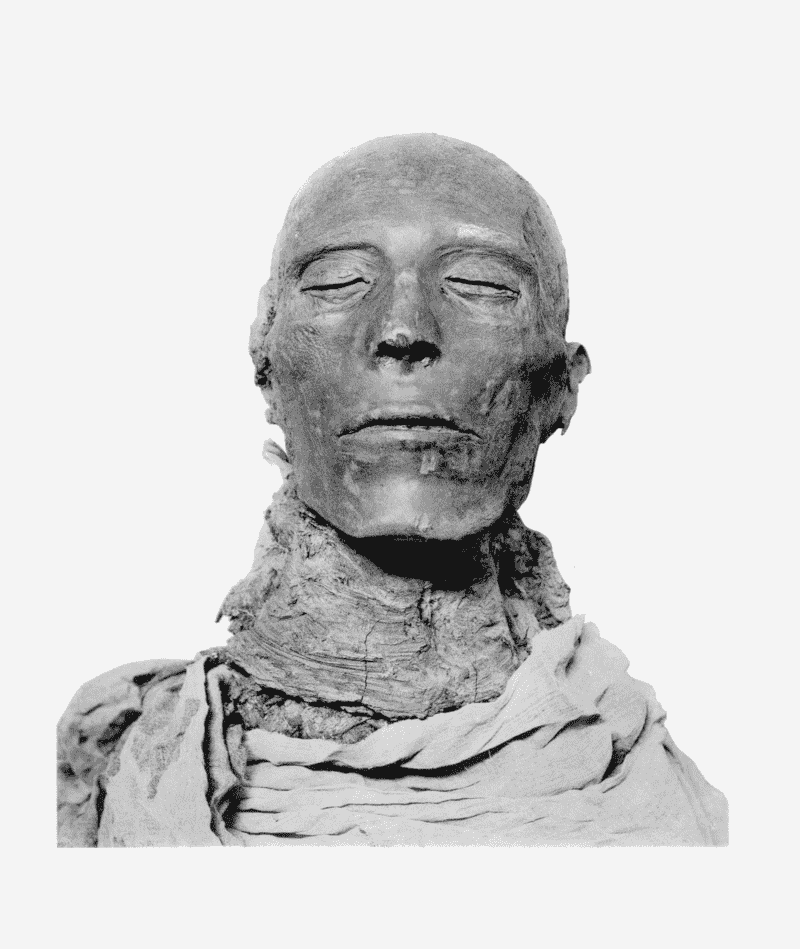
4. Duathathor-Henuttawy
Egyptian princess, and later queen, was probably the daughter of Ramses XI, the Duathathor-Henuttawy’s mummy and coffins were found in the DB320 cache along with those of several members of her immediate family.
She was buried elsewhere before being moved to the cache, but the original place of burial is not known. There were at least 50 remains of pharaohs, queens and nobles from Ancient Egypt.
The place functioned as a kind of hiding place to protect the mummies of ancient Egyptians from vandals, which became a practice in Egypt. Even though it had been hidden, all the gold in the wooden coffin that kept the Egyptian princess was removed.
Duathathor’s body was also damaged by vandals. Her chest, for example, was practically crushed at the time when the tomb robbers tried to look for the scarab that took the place of the woman’s heart, a technique widely used in Ancient Egypt during mummification.
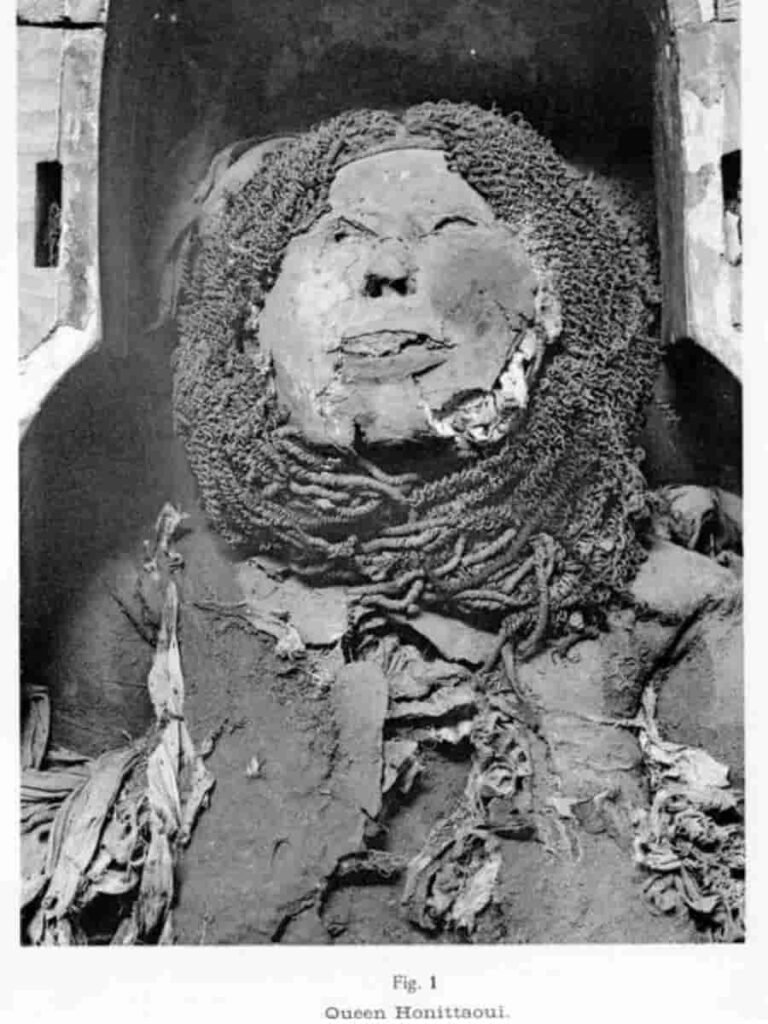
5. Ramses II
When Ramses II died in 1214 BC, he was buried in a tomb in the Valley of the Kings, known as KV7. The tomb is much larger than that of his father, Pharaoh Seti I, but it was simpler.
However, it was not there that the king’s body was found. In fact, the action of people during the 21st Dynasty of Ancient Egypt has allowed the mummy to survive to this day.
The pharaoh was discovered in the huge Deir el Bahri tomb, located in the necropolis of Thebes. There were still the remains of important pharaohs like Ahmose I, Thutmose I, Thutmose II, Seti I, Ramses I, Ramses IX and Amenhotep I, for example, totaling at least 50 mummified bodies in the DB320 tomb.

First photo: Mummies of the Younger Lady, Ramses II and Seti I – Wikimedia Commons

